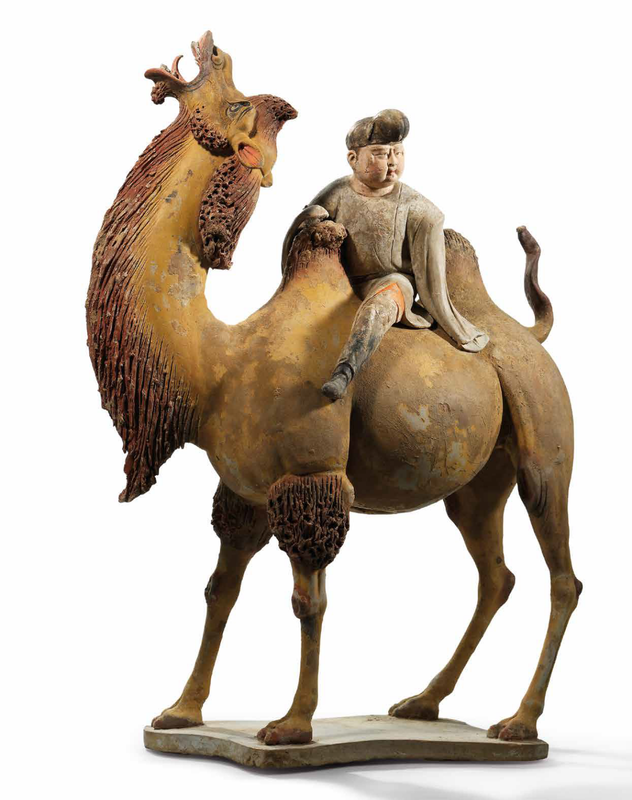Lot 3009. A fine blue and white 'Double vajra' dish, Yongzheng six-character mark in underglaze blue within a double circle and of the period (1736-1795); 6 7/8 in. (17.4 cm.). Estimate HKD 300,000 - HKD 500,000. Price realised HKD 875,000. © Christie's Images Ltd 2017
The dish is painted in the interior with a double-vajra symbol tied with ribbons and on the exterior with three registers of Sanskrit characters, all within double line borders, box.
Note: Yongzheng dishes of this design were made in two sizes. Compare a pair of smaller dishes (11.1 cm.) sold at Christie’s Hong Kong, 1 June 2011, lot 3919. Larger versions, similer size to the current dish, include one in the Asian Art Museum, San Francisco, illustrated by He Li, Chinese Ceramics, 1996, pl. 591; and another pair from the Falk Collection, sold at Christie’s New York, 16 October 2001, lot 156.
A fine pair of blue and white saucer dishes, Yongzheng six-character mark within double-circles and of the period (1723-1735); 4 3/8 in. (11.1 cm.) diam. Sold for HKD 1,040,000 at Christie’s Hong Kong, 1 June 2011, lot 3919. © Christie's Images Ltd 2011
Shallow bowl, Qing dynasty (1644-1911), Reign of the Yongzheng emperor (1723-1735), China, Jiangxi province. Porcelain with underglaze-blue decoration, qinghua ware. H. 1 5/8 in x Diam. 6 7/8 in, H. 4.2 cm x Diam. 17.5 cm. Gift of Arthur Leeper in memory of Hiroshi Sonami, B87P12 © 2017 Asian Art Museum Chong-Moon Lee Center for Asian Art and Culture
A Fine Pair of Blue and White Dishes, Yongzheng six-character marks in underglaze blue within a double circle and of the period (1723-1735), Falk Collection no. 288; 6 7/8in. (17.5cm.) diam. Sold for USD 11,750 at Christie’s New York, 16 October 2001, lot 156. © Christie's Images Ltd 2001
Christie's. Important Chinese Ceramics and Works of Art, 29 November 2017, Hong Kong
























































